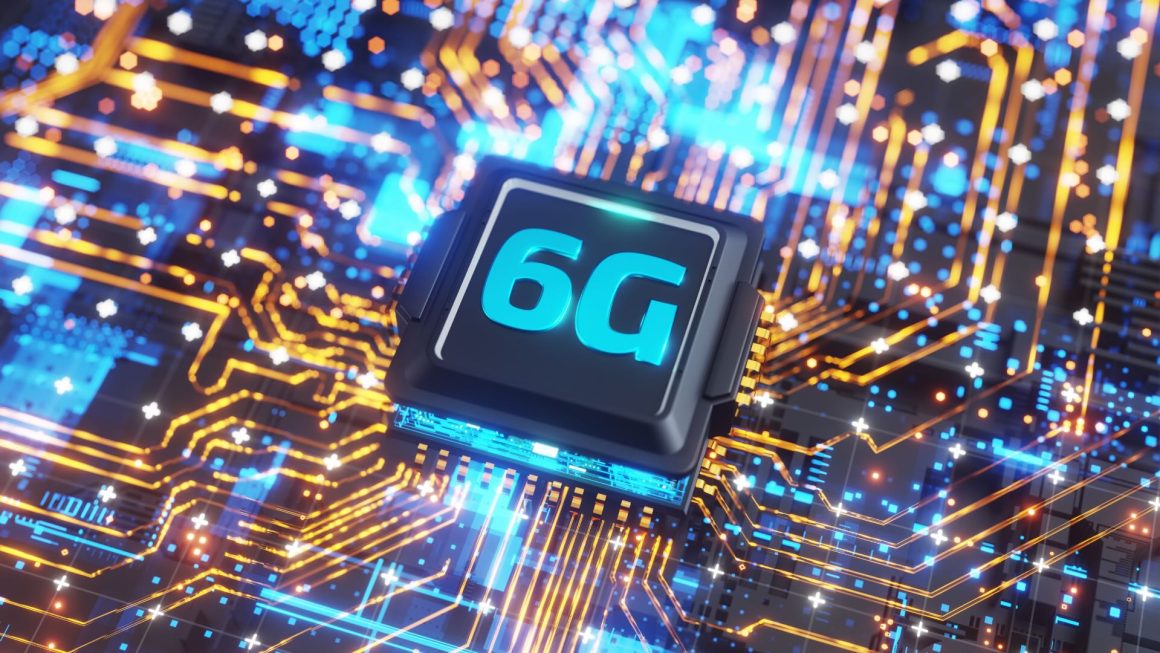In 2024, 6G divided the telecommunications industry. While some are excited about its energy efficiency and potential to enhance lives, others remain sceptical about its benefits and return on investment. Very much still in the research and development phase, it remains a topic surrounded by uncertainty.
However, anticipation is growing, with superfast speeds, lower latency, and integration with technologies like IoE, AI, edge computing, and the metaverse promising a high degree of potential. As we move closer to 6G reality in around 2030, exploring compelling use cases, defining technical requirements, and conducting trials and experiments will be pivotal to shifting the focus from technological challenges to the opportunities it presents.
Shifting dialogues
In December 2024, 3GPP, the organisation responsible for defining the 6G standard, said that it is laying the groundwork for a major transition from 5G Advanced to 6G. While standards and applications for 6G are still in their infancy, in 2025, the conversation will shift and become a lot more practical, with clearer definitions and emerging early use cases. This shift will give all industries a clearer understanding of how 6G will shape their businesses once the standards and applications are established.
The focus will move to specific technologies that make up 6G networks and how these technologies will push boundaries. The narrative will centre on the incredible 6G speeds of up to 1 Tbps, utilising terahertz frequencies and sub-millisecond latency to enable a wide range of advanced applications requiring ultra-fast data transfer, real-time responsiveness, and massive bandwidth.
5G vs 6G
We’ll also understand more about the differences between 5G and 6G. Unlike 5G, which primarily focuses on high speed and low latency, 6G will fuse AI-driven optimisation and edge computing, enabling smarter, more adaptive networks.
6G’s integration of terahertz frequencies and satellite-based communication will uniquely address the limitations of 5G by delivering seamless connectivity to remote and underserved areas, including undersea and space environments. Its massive bandwidth and AI-powered efficiency will enable the scalability to support billions of IoT devices simultaneously, overcoming congestion issues that challenge 5G networks in densely populated or high-demand scenarios.
These integrations will unlock unparalleled speed and precision, paving the way for groundbreaking applications across various domains.
One such innovation is the haptic internet, which could enable a surgeon to perform remote surgeries with instantaneous sensory feedback, or allow online shoppers to feel the texture of products virtually. Similarly, real-time communication will revolutionise autonomous systems, empowering drones and vehicles to operate with exceptional reliability and responsiveness. In urban development, smart cities will benefit from self-managing infrastructure, real-time traffic systems, and energy-efficient resource allocation, collectively transforming how we experience urban living.
Early pilot programs and test cases are beginning to demonstrate the tangible potential of 6G. For example, researchers at Finland’s University of Oulu have tested 6G-enabled telemedicine applications, showing how terahertz frequencies can support high-fidelity video and haptic feedback for remote surgeries. In Japan, early trials of 6G networks are being conducted to explore applications in urban planning, including autonomous traffic systems and energy-efficient resource management, showcasing the potential of self-regulating smart city infrastructure.
The sustainability edge
One of 6G’s most promising differentiators is its potential for energy efficiency. Leveraging AI to enhance network operations and edge computing to reduce data transmission demands, 6G could significantly lower energy consumption. This efficiency will reduce operational costs and contribute to global sustainability goals, making 6G a greener alternative to its predecessors.
Moreover, 6G’s ability to integrate low-band, mid-band, and terahertz frequencies ensures improved connectivity across diverse environments. Satellite-based communication will extend its reach to remote, undersea, and space locations, bridging the digital divide and enabling global coverage.
Focusing on solutions
As 6G development accelerates and the discourse evolves, challenges such as infrastructure readiness, spectrum allocation, and cybersecurity will persist in 2025. However, these challenges are not roadblocks but opportunities to proactively engage and find solutions. By effectively setting the stage for innovations beyond what 5G offers today, we can shape the future of telecommunications.
For example, the higher frequencies and faster speeds of 6G will demand new mobile masts capable of handling massive data volumes. Additionally, existing fibre optic systems will require significant upgrades to meet the needs of 6G’s data capacity. These investments, while substantial, will lay the foundation for transformative advancements.
When it comes to cybersecurity, a “security by design” approach presents a unique opportunity to embed robust safeguards into 6G from the outset. By addressing potential vulnerabilities early, we can ensure the safety and reliability of networks that will connect everything from personal devices to critical infrastructure. Proactively designing for cybersecurity will mitigate risks and enhance trust in the technology.
Efficient spectrum allocation will also be critical to unlocking 6G’s potential. Policymakers and industry leaders must collaborate to ensure fair and effective distribution of spectrum resources, balancing innovation with accessibility.
Even though widespread use of 6G technology is still years away, its development is already shaping the future of connectivity. By addressing practical challenges and focusing on transformative use cases, the industry can unlock 6G’s full potential to revolutionise businesses, improve daily lives, and drive global progress. As we move closer to realising 6G’s vision, balancing innovation with sustainability and security is crucial, ensuring this next-generation network truly bridges the gap between vision and reality.



